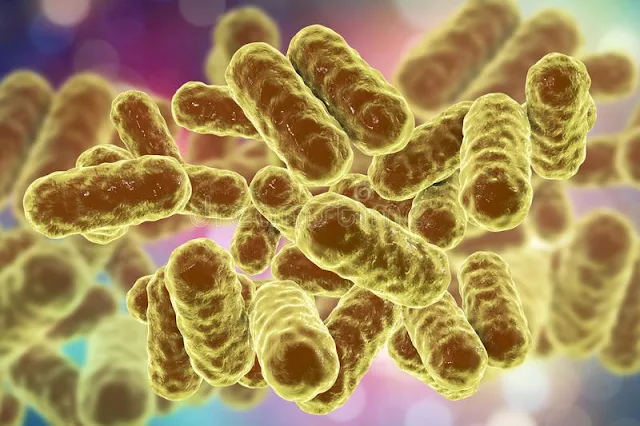Introduction: The family Enterobacteriaceae consists of a large number of closely related bacterial species that inhabit large intestine of man and animals, soil, water as well as decaying material. These have also been referred to as enteric bacteria or coliform bacilli. Some of the most important intestinal pathogens for humans are included in this family. These include causative agents of typhoid fever (enteric fever), bacillary dysentery and enteritis. Many members of this family do not cause any disease so long as they are confined to the gut but when their habitat is changed their pathogenicity is also manifested.
Characteristics of the family: The members of family Enterobacteriaceae are gram negative bacilli that are either motile with peritrichous flagella or non-motile, grow both aerobically and anaerobically on simple laboratory media including MacConkey’s agar.
These are oxidase negative, catalase positive and reduce nitrates to nitrites. They ferment glucose in peptone water with the production of either acid or acid and gas, and they breakdown glucose and other carbohydrates both fermentatively under anaerobic conditions and oxidatively under aerobic conditions.
Inspite of an exhaustive definition, there are certain commonly occurring bacteria which may be confused with the family Enterobacteriaceae. These include Acinetobacter, Pseudomonas, Vibrio, Aeromonas and Plesiomonas. However, there are certain important differences between all these. Almost all the gram-negative bacilli which are of medical importance to human beings and which ferment lactose is included in this family in addition to many other genera which fail to ferment lactose.
1. NORMAL FLORA OF THE HUMAN BODY
2. SALMONELLA
3. PATHOGENICITY OF MICROORGANISMS
5. BACTERIOLOGY
6. NORMAL FLORA OF THE HUMAN BODY











No comments:
Post a Comment